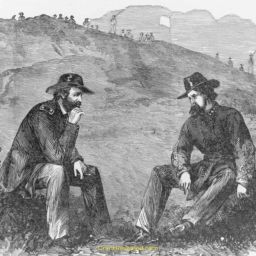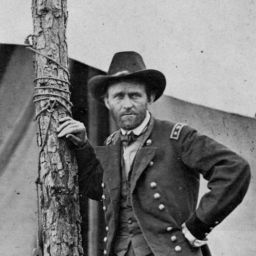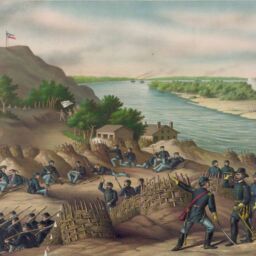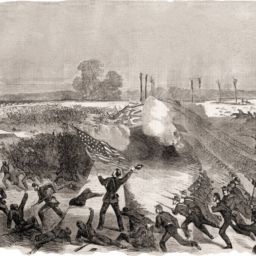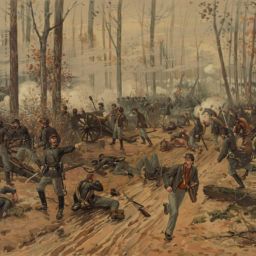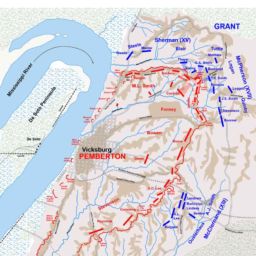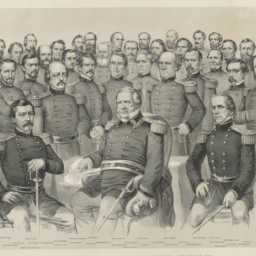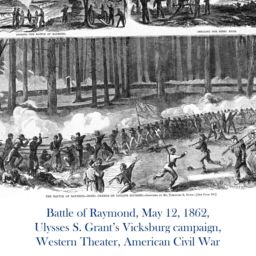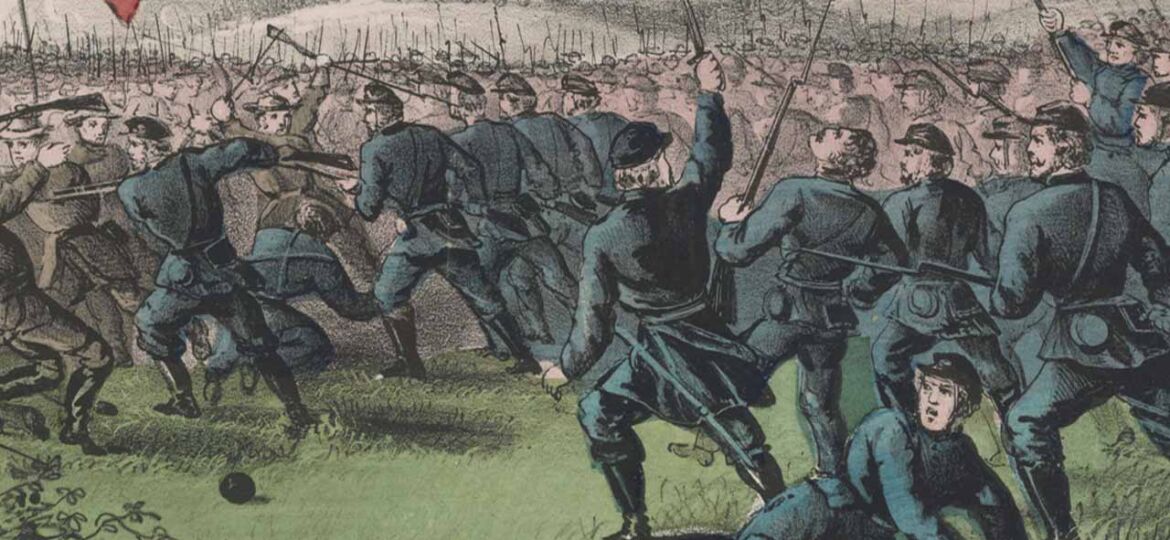
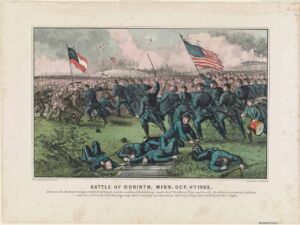
The American Civil War (1861–1865) was a bloody civil war that pitted America’s majority Northern and border states loyal to the American republic and its federal government (collectively “the Union” or “the North”) against secessionist Southern states (“the Confederacy” or “the South”) primarily over the issue of the expansion of race-based, chattel slavery into new U.S. territories and states, though sectional divisions—political, economic, and cultural—and Constitutional issues also contributed to the war’s outbreak.
Slavery and the American Civil War
For many years before the Civil War, the antebellum period of the United States, the expansion of legal slavery into new U.S. territories and states was increasingly hotly debated across the nation—from dining room tables to the U.S. Congress’s chambers. Many of the new U.S. territories and states emerging at the time were carved from of a massive expanse of land that the U.S. acquired through victory in the Mexican-American War (1846–1848), in which Ulysses S. Grant fought with distinction as a lieutenant despite the fact that he was primarily absorbed with quartermaster duties.
The Election of Abraham Lincoln & the Start of the Civil War
In 1860, Abraham Lincoln won the U.S. presidential election as the candidate of the nascent Republican Party, which opposed slavery’s expansion into any new U.S. territories or states. By that time, 18 states had outlawed slavery. But 15 had not.
In response to Lincoln’s electoral win, 11 pro-slavery states of the South began an armed secessionist movement. As a putative new nation, the Confederate States of America (C.S.A.), these states asserted complete independence from the United States of America (U.S.A.).
The remaining majority of America’s populace, in the states of the North and border states, led by President Lincoln and the federal government, set out to defeat the Confederate insurrection and thus preserve the republic’s union of states and to inalterably diminish the role of slavery in it.
As the war progressed, an increasing number of Union supporters considered, as some had from the start, the emancipation of slaves and the total abolition of slavery in the U.S. as vital goals and part of the moral bedrock of the Union cause.
The Outcome of the American Civil War
The war ended with the defeat of the Confederacy, to which Ulysses S. Grant played a profoundly significant role as commanding general of the U.S. Army. The war involved approximately 10,500 military engagements and about 50 major battles. (See, “Civil War Facts,” American Battlefield Trust.) Some 600,000 Americans died in the war, about 50,000 of them civilians—the vast majority of them in the South—the rest being soldiers of the U.S.A. and C.S.A., roughly 205,000 of whom died in combat or from their wounds sustained during combat, most of the rest dying from disease.
IMAGE
Currier & Ives. Battle of Corinth, Miss. Oct. 4th 1862, [1862?]. Lithograph, hand colored. https://www.loc.gov/pictures/item/90709052/.


